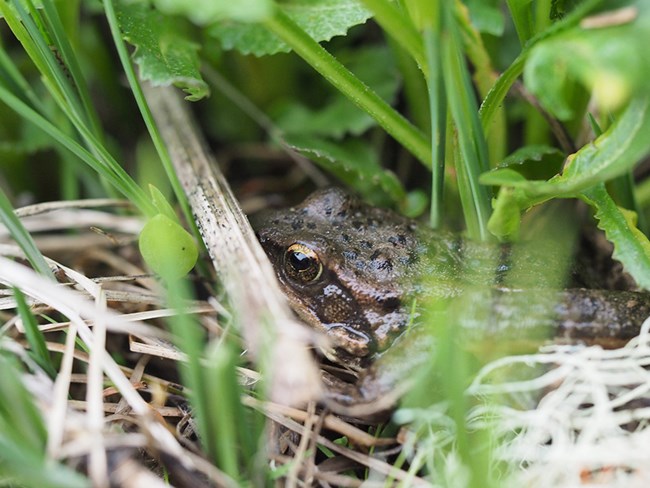
Photo Credit Mimi Gorman 06/2020 The Mazama Newt,Taricha granulosa mazamae, is an endemic species to Crater Lake National Park. It only lives along the shores of Crater Lake and Wizard Island. It is a subspecies of the rough skinned newt,Taricha granulosa, which happens to be the only newt found in North America, from Central California to Southeastern Alaska. 
NPS/2019 photo Mimi Gorman The Pacific tree frog (Pseudacris regilla) also known as Pacific chorus frog is about 2 inches (5 cm) long. Aside from its small size, a key identifying characteristic is a continuous dark stripe from the front shoulders, up to and across the eyes, and through the nose. These frogs have a vast color range from green, tan, brown, gray, reddish, and cream, but most often are green or brown. Contrary to the tree frog's common name, it is mostly a ground-dweller, living in tall vegetation near water, but occasionally is found climbing on trees. Large toe pads allow it to climb easily, and cling to branches, twigs, and grass. 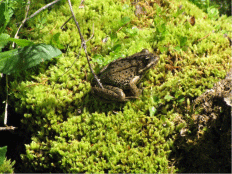
NPS Learn more about their life history and conservation. 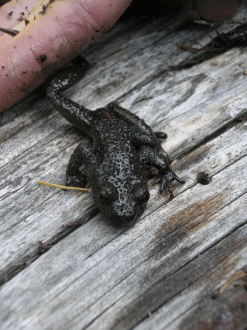
NPS 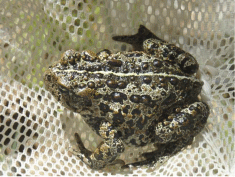
NPS 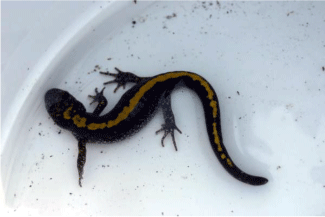
NPS 
US Fish & Wildlife Service 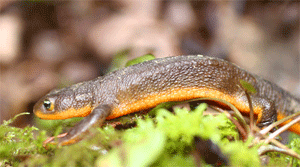
US Fish & Wildlife Service Crater Lake Amphibian Species ListUse the dropdown menu below to select the Crater Lake National Park amphibian species checklist. Once your selection appears on the page, choose to download the information or click "view PDF" to generate a printable version of your report. Use the blue print button at the top of the document to print the report, or click the blue-and-white export symbol to save the report.Select a Park:Select a Species Category (optional):
Search results will be displayed here.
|
Last updated: April 27, 2022
